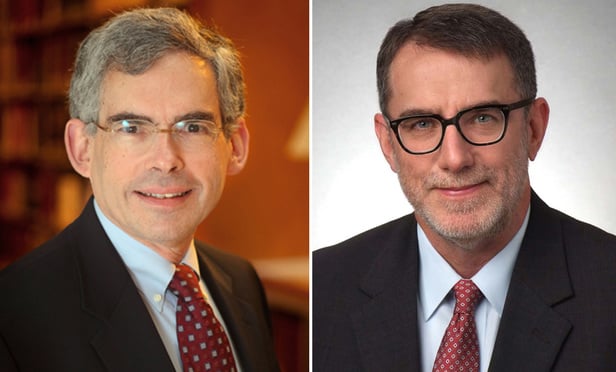The past month has seen a remarkable set of developments at the international level in controlling greenhouse gas (GHG) emissions—the entry into force of the Paris Climate Agreement, and major new agreements on controlling hydrofluorocarbon emissions and pollution from airplanes. The stunning election of Donald Trump on Tuesday casts the future of some but not all of these efforts into doubt, however.
Paris Climate Agreement
Last Friday—Nov. 4—the Paris Climate Agreement went into force. It had been negotiated by 197 countries last December at the 21st Conference of the Parties to the United Nations Framework on Climate Change. To take effect, it required 55 countries accounting for 55 percent of global GHG emissions to join. Those thresholds were passed on Oct. 5—a speed unparalleled in multilateral environmental pacts—and the agreement automatically took effect 30 days later.
This content has been archived. It is available through our partners, LexisNexis® and Bloomberg Law.
To view this content, please continue to their sites.
Not a Lexis Subscriber?
Subscribe Now
Not a Bloomberg Law Subscriber?
Subscribe Now
LexisNexis® and Bloomberg Law are third party online distributors of the broad collection of current and archived versions of ALM's legal news publications. LexisNexis® and Bloomberg Law customers are able to access and use ALM's content, including content from the National Law Journal, The American Lawyer, Legaltech News, The New York Law Journal, and Corporate Counsel, as well as other sources of legal information.
For questions call 1-877-256-2472 or contact us at [email protected]



